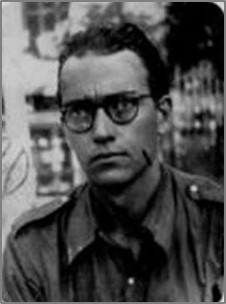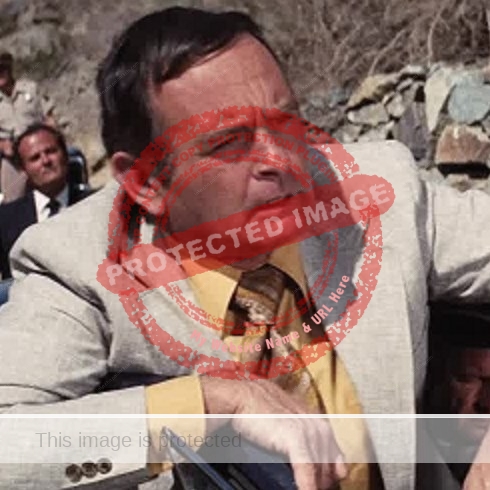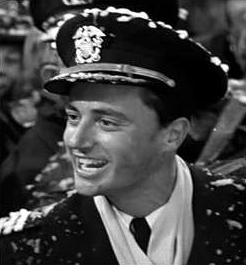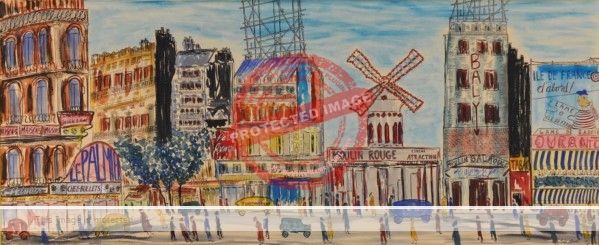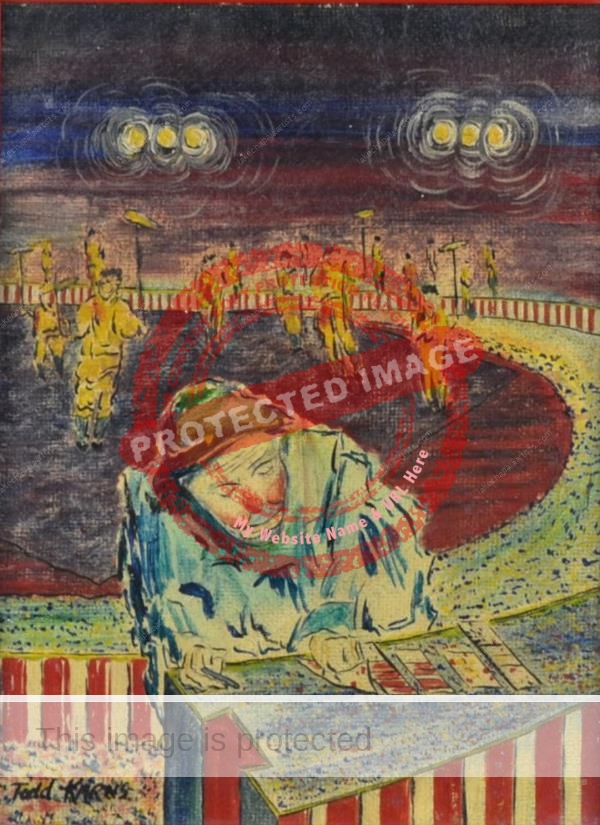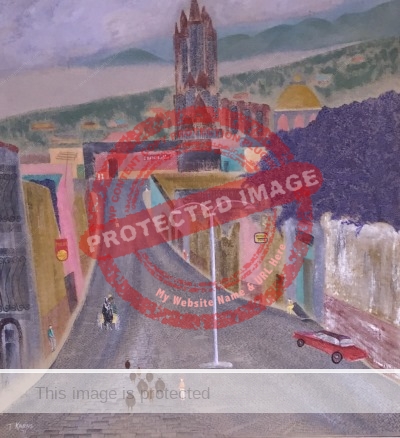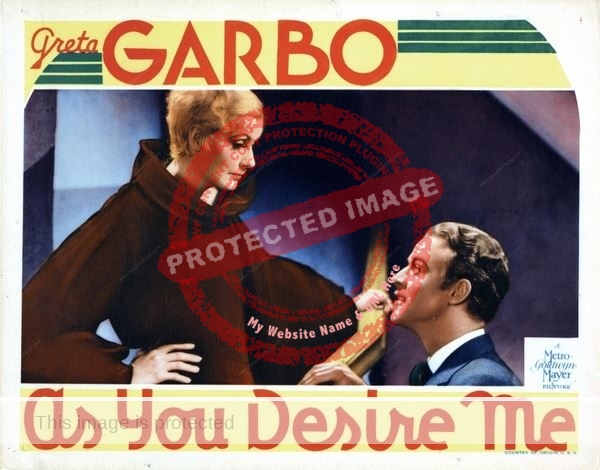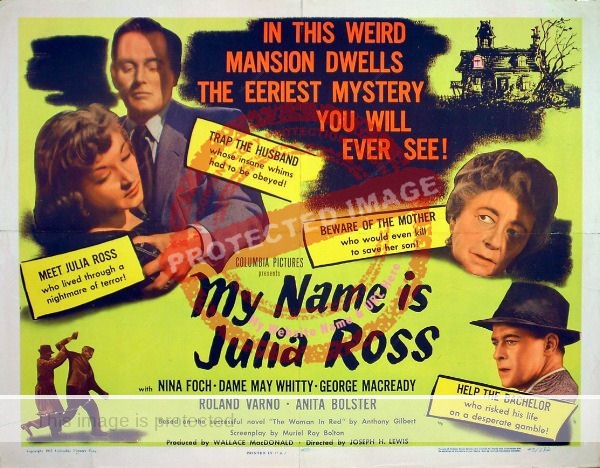American actress Selena Royle lived in Guadalajara for almost thirty years, beginning in the mid-1950s. She later penned a very popular book about the city which included some interesting observations about Ajijic and Chapala.
Born in New York City on 6 November 1904, Royle worked on stage, radio and in more than thirty films from the 1920s to the 1950s. Among her many roles was playing the title character’s mother opposite Ingrid Bergman, the star of Joan of Arc (1948).
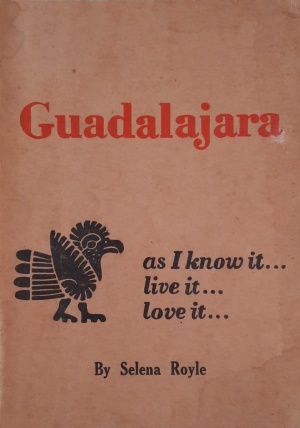
In the early 1950s, after her name was included on a list of suspected communist sympathizers, she won a lawsuit against the publishers. But her career, like that of so many others in similar circumstances at the time, was abruptly ended. Her last film was Murder Is My Beat (1955).
Royle had married actor George Renavent, her second husband, in 1948. Renavent, born in France in 1894, had roles in Queen Christina (1933), Sullivan’s Travels (1941) and Jezebel (1938).
After moving with her husband to Guadalajara in 1951, their home in colonia Seattle became an “artistic salon” for aspiring composers, writers and painters. Renavent, a keen amateur artist, showed some of his Mexican works in 1958 at the Instituto Cultural Mexicano-Norteamericano in a two-person show with Charles Turver.
Royle and her husband ran acting classes at the Instituto Cultural Mexicano-Norteamericano in Guadalajara in 1960. She immersed herself in numerous charitable activities in benefit of the local community, and continued these endeavors long after her husband’s death in the city in 1969.
In 1974, Royle co-founded the Guadalajara Theater Guild to present English-language plays in the city. The other co-founders, all professional actors, were Gail Benedict, Irene Martin and Robert Herzbach. The group’s first show, which opened in October that year at the Experimental Theater (at the entrance to Parque Agua Azul) was Arthur Miller’s The Price. In 1976, Royle directed the group’s production of Tennessee Williams’ The Night of the Iguana. In 1982, Royle gave a talk at the ex-convento del Carmen in Guadalajara as part of a showing of silent films.
In addition to Guadalajara as I know it, live it, love it (originally self-published in 1966), Royle wrote three cookery books: Pheasants for Peasants (co written with Renavent in 1956); White Tie, Black Tie or No Tie (date unknown); and A Gringa’s Guide to Mexican Cooking (Litografica Turmex SA, 1973). Royle was the Guadalajara correspondent for the Mexico City News and a columnist for the Colony (now Guadalajara) Reporter.
Selena Royle donated her papers and documents (1909-1970) to the American Heritage Center at the University of Wyoming in Laramie.
What did Selena Royle write about Lake Chapala?
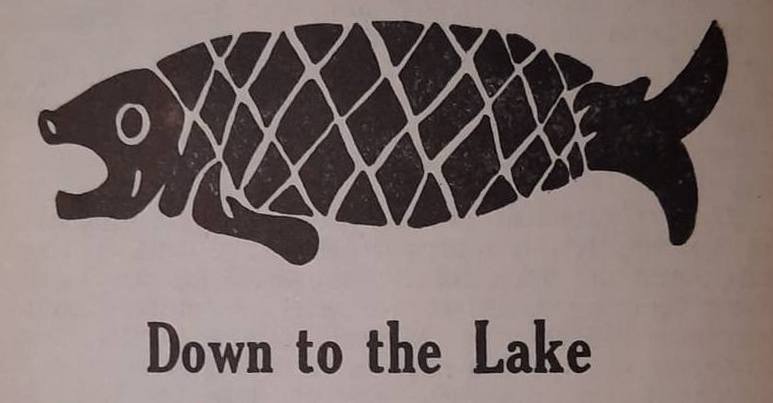
Selena Royle, chapter 8 title
Chapter 8 of Guadalajara as I know it…, live it…, love it…. (1966) is titled “Down to the Lake.” Royle begins by describing, in her usual down-to-earth chatty style, some of the better options for hotels, activities, meals and trips, including to the islands. She notes the contributions made by Neill James and Helen Kirtland and others to life in Ajijic, and also mentions the white serapes of Jocotepec. This is pretty standard fare for any guidebook.
But the final two pages of the chapter, subtitled “Driving to Chapala” are more personal, and, for our purposes, more interesting:
It’s a must! The trip to Chapala. By car you can make it in less than an hour, but I wouldn’t advise it. The roads are fine. It’s not that. But there are places where you will want to pull up by the side of the road and just enjoy the view.
We motored down the other day, and it was as though we were passing through a gallery of paintings…. The rains had dyed the grass a bright green, but in the distance the mountains were a smear of colors: dull purples, soft dark browns, greys and taupes relieved here and there with a streak of stark black or a gleam of light where the sun had sneaked its way through mountain crevices. And the sky—well, better writers than I have tried to describe the Mexican sky and failed….
You will get your first glimpse of the seventy mile long lake as you top the last high hill. Not long ago it looked from the distance like a pink lake, reminiscent of the Red Sea, tinted by millions of water hyacinths….
Chapala, itself, is small: a combination residential and resort type village such as will be found beside lakes in all parts of the world. Aside from a few restaurants and gift shops, grocery stores and a gas station, it has no commercial center. The months of July and August see the mass migration from Guadalajara to the lake area but the rest of the year the city sends hundreds of weekenders to the popu1ar “Chapala Riviera.”
The children enjoy swimming, racing their bikes along the walk beside the lake front, riding the burros and horses, picnicking under the trees, doing all the things children do on vacations. Meanwhile, the athletic young folk take to water skis, swim in the yacht club pool, race their boats up and down the lake, while the oldsters swing a mean golf club at the local course, or take on a visiting golfer from Chula Vista down the road to Ajijic.
The local fishermen set forth at dawn to cast their nets and haul in the Chapala white fish. A stupid fish, say the sports fishermen, for it will not rise to bait but must be netted. A delicious fish say the gourmets, for it is tender, white and firm and as sweet as any you have ever eaten….
The yacht Club is new. The Country Club also is new, having moved from its old quarters. Again I must yearn for the past for while not a beauty certainly and surely not the most comfortable the original club was located in an old dowager of a building. Built originally as a railroad station it never acquired the rails and trains to go with it. But it is part of the past. Please preserve it, Chapala!
Royle died in Zapopan, Jalisco, on 24 April 1983 (that is the date given on her death registration). She was mistaken about the railroad, which certainly had rails and trains, and was fully operational from its inauguration in 1920 to its unfortunate demise six years later. However, Royle’s cry for the stately station building to be preserved for posterity was realized. It has been restored and repurposed as the González Gallo Cultural Center.
The story of this iconic building and its importance as part of Chapala’s cultural heritage, is told in chapter 42 of If Walls Could Talk: Chapala’s Historic Buildings and Their Former Occupants (translated into Spanish as Si las paredes hablaran: Edificios históricos de Chapala y sus antiguos ocupantes.)
Sources
- Selena Royle. 1966. Guadalajara as I know it, live it, love it. Self-published.
- El Informador: 22 April 1958, 7; 8 May 1958; 27 Dec 1959, 16; 8 May 1960, 23; 1 Sep 1974.
- Burt Folkart. 1983, “Selena Royle, 78, Mother in Many Movies: Career Faded After She Refused to Testify During McCarthy Era.” Los Angeles Times: 6 May 1983, B23.
Comments, corrections and additional material are welcome, whether via comments or email.
